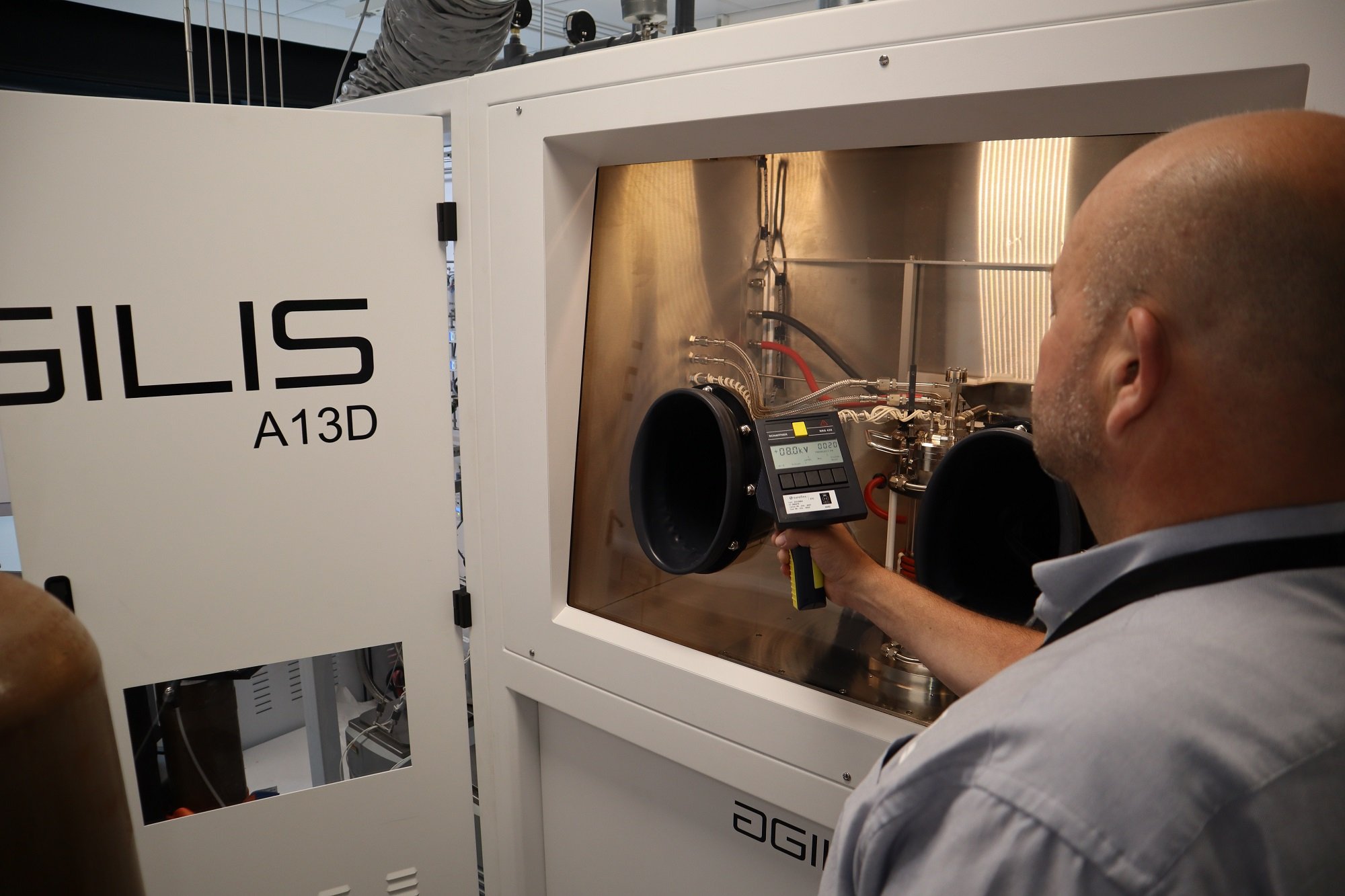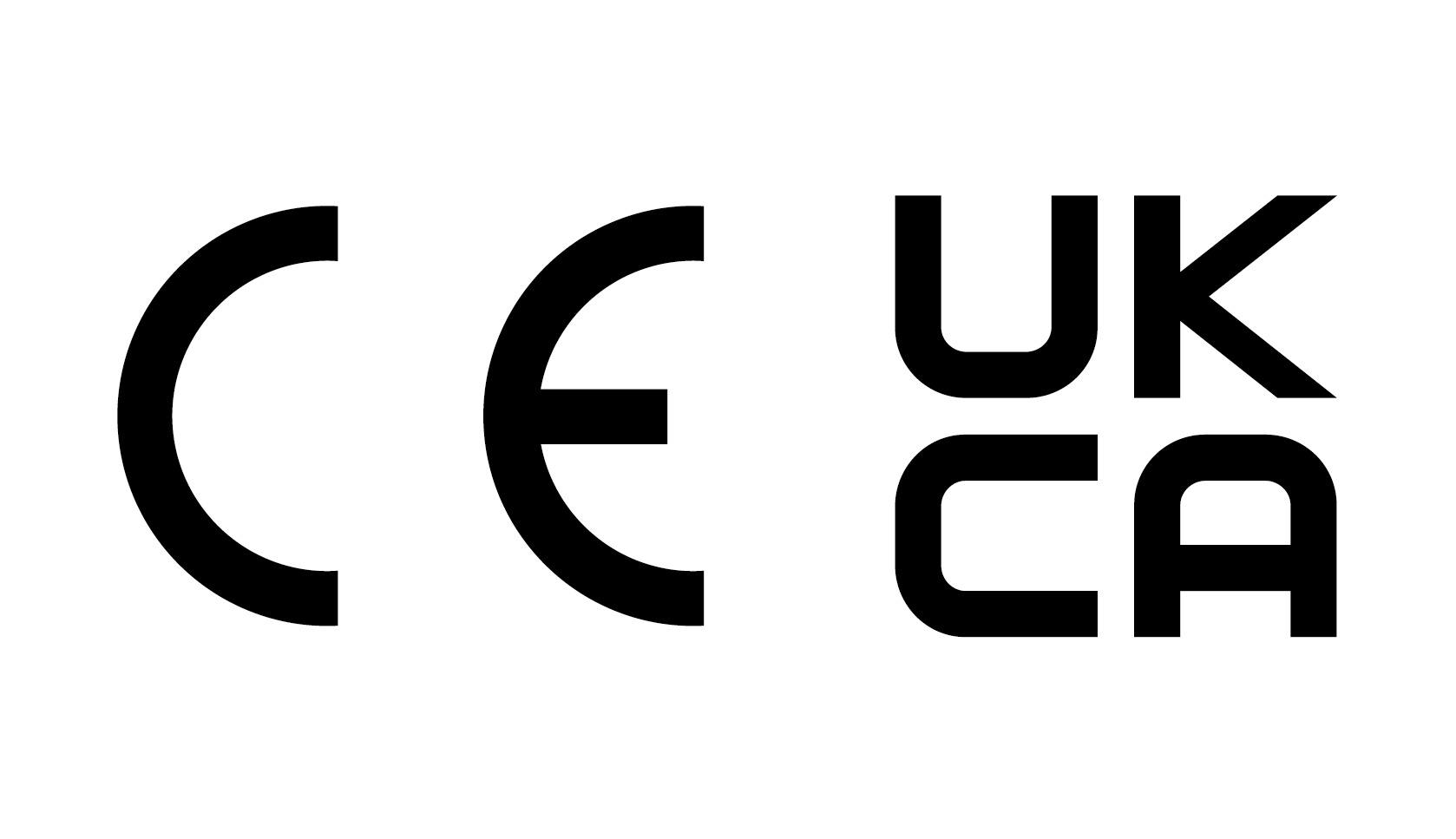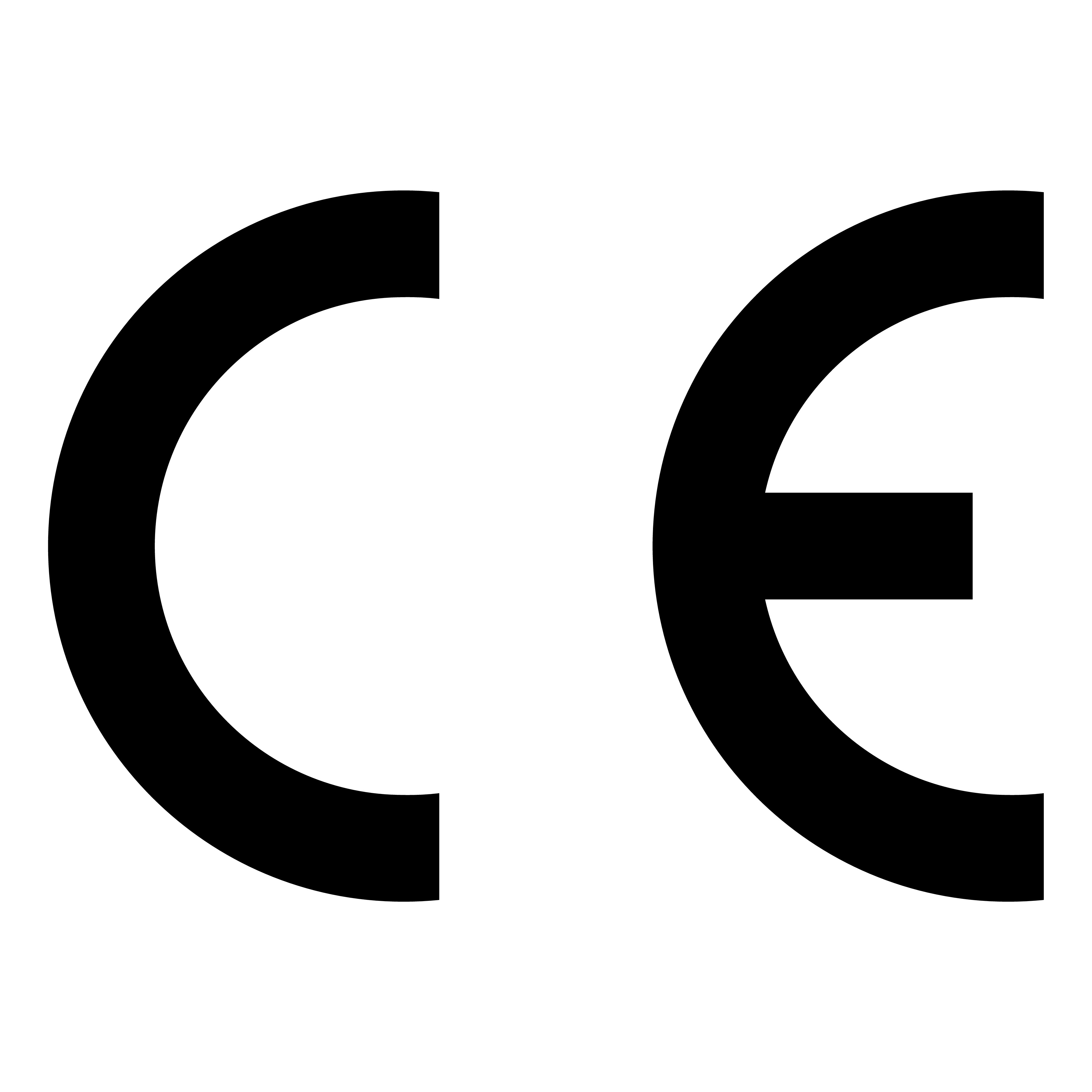UKCA Vs CE Marking: What’s the Difference?
Product marking is crucial for retaining market access, adhering to local legal requirements and offering safety and quality assurances to customers.
We're actively recruiting for a range of roles across sales, engineering, IT and warehouse. Check our careers page to see open positions including apprenticeships.

Whether you’re moving a single piece of equipment or an entire production line, our trusted team of engineers can support every step of your move, from rigging to end-to-end relocation support across the globe.

Are you a manufacturer looking to supply a product, equipment or piece of machinery to markets in Great Britain (England, Wales and Scotland)?
If so, you need to ensure it complies with UKCA requirements.
This involves identifying the specific regulations that apply to your product, assessing it against these regulations, compiling a detailed technical file and creating a Declaration of Conformity to prove compliance.
 In this article, we outline the five essential steps to achieving UKCA compliance.
In this article, we outline the five essential steps to achieving UKCA compliance.
Looking for a deeper dive? We’ve recently published a complete guide to UKCA and CE marking which runs through everything manufacturers need to know about the certifications, which directives apply and how to achieve compliance. Get your free copy here.
UKCA compliance applies to a range of product categories, each governed by its own set of regulations.
So, before you can get started, you need to identify which regulations are applicable to your specific product, equipment or piece of machinery. We recommend checking via the GOV.UK website here.
For manufacturers, common standards include Electromagnetic Compatibility, Supply of Machinery (Safety), and Electrical Equipment (Safety) Regulations, among others.
IES specialises in testing and checking your products, equipment and machinery against these three regulations above. Head to our UKCA marking service page to learn more about how we can help.
There are two routes you can take for UKCA certification:
The route you take will often depend on your product and its regulations. However, higher-risk pieces typically require a third-party conformity assessment.
You can see the full list of legislative areas where a self-declaration is permitted via the GOV.UK website here.
As part of the UKCA compliance process, you’ll need to compile and continuously maintain a technical file.
This file should include information on how your product, equipment or piece of machinery is designed and manufactured, how it’s been shown to conform to relevant requirements, safety inspection reports and test certificates.
As part of this, you’ll need to run various tests and checks on your product to ensure it complies with the relevant regulations. We can support you by testing it against Electromagnetic Compatibility, Supply of Machinery (Safety), and Electrical Equipment (Safety) Regulations on your behalf - learn more via our website here.
Depending on the specific legislations that apply to your product, equipment or piece of machinery, you also generally must keep your file for 10 years after placing your product on the market.
Learn more about how to draft your technical file and the types of equipment tests you need to carry out via our Complete UKCA Marking Guide here.
Your Declaration of Conformity (DoC) is your formal declaration that you’ve met all requirements and safety directives applicable to your product, equipment or piece of machinery.
It’s your responsibility to draw up, sign and submit your DoC, along with your supporting documentation, to the relevant regulatory authority.
You must also keep an updated copy of your DoC at all times and make it available to market surveillance or enforcement authorities on request.
Download our Complete UKCA Marking Guide for what your DoC should generally include.
![]() Finally, it’s time to affix your UKCA mark to your product, equipment or piece of machinery.
Finally, it’s time to affix your UKCA mark to your product, equipment or piece of machinery.
Depending on the specific regulations that apply, you may affix it directly to the product itself, its packaging and any supporting literature.
There are a few rules surrounding how you can use the UKCA image, including rules around proportions, heights and visibility. You can learn more about the specific rules around using the mark via our UKCA Marking Guide here.
Once you have affixed your UKCA mark, can place your product, equipment or piece of machinery on the GB market.
If you have any further questions about using the UKCA mark, see our UKCA Frequently Asked Questions (FAQs) page here.
Our start-to-finish UKCA marking service covers every step of the compliance process.
From assessing and testing high-technology products, equipment or machinery against electromagnetic compatibility, supply of machinery and electrical equipment regulations (all at your site) to compiling your technical file and drafting a Declaration of Conformity.
Stay up to date with the latest news and resources from our experts.

Product marking is crucial for retaining market access, adhering to local legal requirements and offering safety and quality assurances to customers.
Before you can sell or supply certain products in Great Britain, you must certify that they comply with UKCA marking regulations.

Conformité Européenne (CE) marking is the European Union’s required certification for products, equipment and machinery supplied to European Economic...